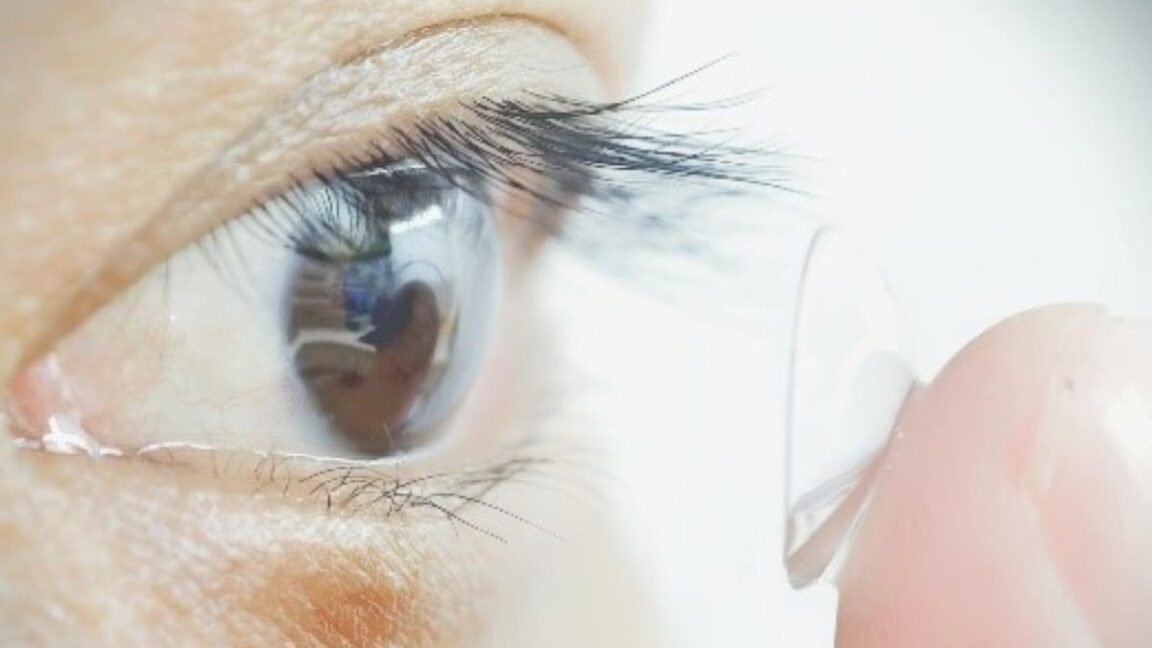“I have dark vision”
-future people
This explains the real technology behind it:
https://en.wikipedia.org/wiki/Upconverting_nanoparticlesYep, that won’t cause cancer.
It also doesn’t have any accuracy whatsoever. It only makes it possible to detect infrared, but not to see where it came from. And being opaque they make you blind when wearing the lenses.
Without even visiting the article I can say with full confidence these contact lenses will not be opaque.
EDIT: We really don’t have to go beyond the conceptual stage.
- transparent: clear, all light goes through
- translucent: clouded, some light goes through
- opaque: wall, no light goes through
Yes, this includes ultraviolet light. If a contact lens is opaque, it blocks all light from passing through the eye’s lens and cornea. It will never reach the retina to even be recognized as on or off! No opaque contact lens will ever be used. Please tell me if I’m wrong…
even with eyes closed
Not sure I would want something like that.
You would if you don’t like surprises.
Big brother: “Okay, open your mouth and close your eyes, and I’ve got a big surprise!” Closes eyes: “not this time, fucker”
Whatever happened to the jellyfish eyedrops?
jellyfish eyedrops?
Why would they need eye drops? They are submerged in salty water.
… and don’t have eyes!
Yes. Light receptors maybe, but eyes…
… and light-sensing organs called ocelli, which can sense the presence and absence of light. Additionally, some jellyfish have sensory structures called rhopalia, which contain receptors to detect light, chemicals and movement.
Oh wait! This is unexpected:
… One group of jellyfish, the cubozoan jellyfish, have complex eyes… with lenses, corneas and retinas in their rhopalia.
Huh. Wiki agrees:
box jellyfish are unique in the possession of true eyes, complete with retinas, corneas and lenses.[13] Their eyes are set in clusters at the ends of sensory structures called rhopalia
Whoa.
WTF!? [subscribe to jellyfish facts]
And blinded by security cameras?
Seriously, wouldn’t being able to see infrared basically make you see night vision cameras like they are street lights?
Maybe it’s just my ADHD, but the article doesn’t seem to be clear on something: do these contacts actually allow you to see into near-infrared as it exists, or do they merely shift the light into a spectrum we can see, the way cameras do? I’m hoping for the former, but I doubt we have the tech to allow us to see new colors simply by putting on a pair of contacts.
(Also, the mental image of scientists putting tiny little contact lenses on mice is hilarious to me.)
TL;DR from Wikipedia: In photon upconversion, two or more incident photons of relatively low energy are absorbed and converted into one emitted photon with higher energy.
Basically photons are combined into a photon that is nearer in wavelength to visible light.
Aww that’s disappointing, but I’m not surprised. Otherwise we’d be using this tech to help colorblind people tell the difference between red and green.
You mean cyclists?
I call it BS
Black sight? Binocular Superiority? Better Seeing?






